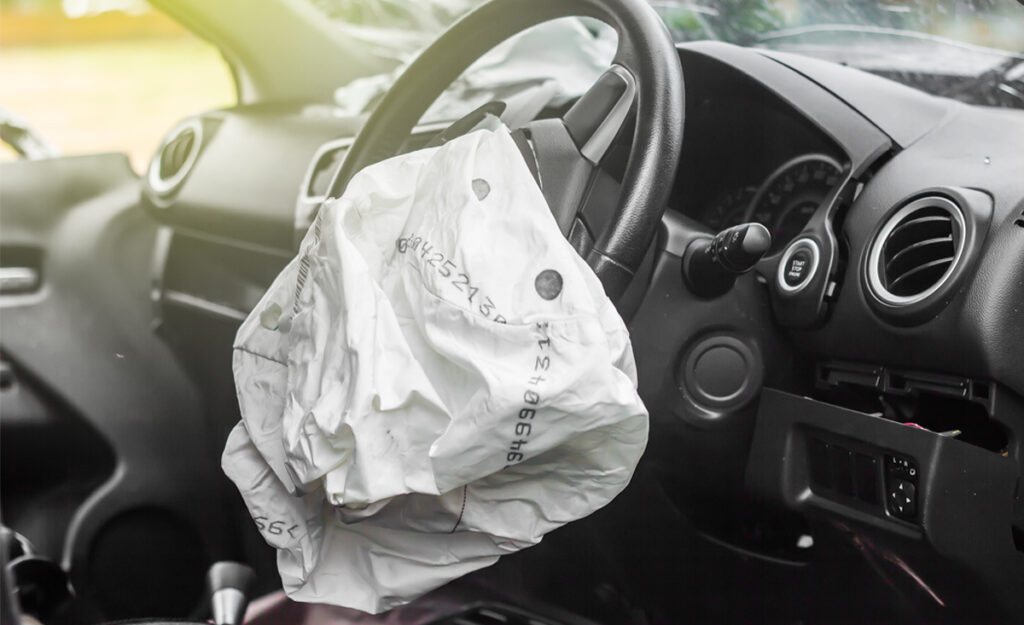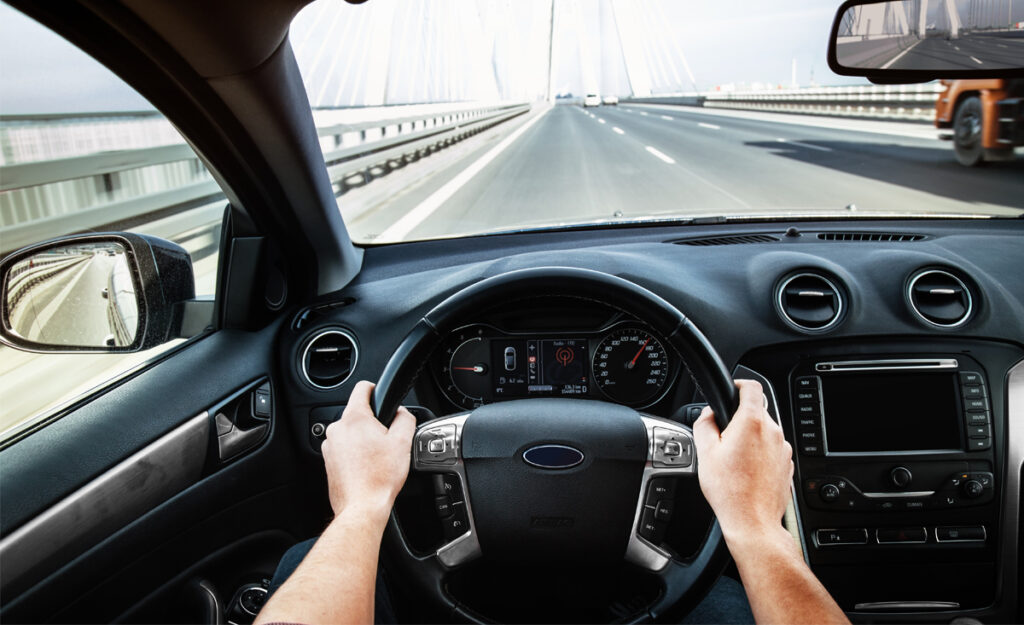
An airbag can be the difference between walking away from a car accident with minor injuries, and not walking away from it at all.
According to the Insurance Institute for Highway Safety, in frontal crashes, front airbags can reduce fatalities by 29% for drivers and by 32% for passengers 13 and older. Side airbags in a broadside impact can reduce risk of death of drivers in light motor vehicles by 37%, and by 52% in SUVs.
However, the fact that you have airbags in your car doesn’t mean they will work effectively in a crash.
The performance of this vital safety system is affected by the way you and your passengers are seated, and should you not be in the correct position, the airbag may not have the intended results, said Eugene Herbert, MasterDrive CEO.
Maximising airbag protection
To maximise airbag safety, you as the driver must sit in an upright position with your spine flat against the seat, and your chest should be approximately 25cm away from the steering wheel where the airbags is installed.
While driving, it’s also important to place your hands in the nine and three o’clock positions so that your arms are not in the way when the airbag deploys.
Additionally, for both drivers and passengers, seatbelts are an integral part of airbag safety and it’s important to always wear one regardless of which seat you are in.
“An airbag deploys at approximately 320km/h. A seatbelt reduces the force at which occupants hit the airbag whereas someone, not restrained, can be thrown into an airbag with enough force to kill them or cause serious injuries,” said Herbert.
Front passengers must not sit with their legs on the dashboard, either.
If the dash airbag deploys, rather than protecting the passenger, their legs will be pushed upwards causing serious pelvis, leg, and spinal injuries, and even death.
Similarly, parents transporting children or infants must never place them in the front seat as they might get flailed about or ejected through the window during a crash, and must not allow them to lean against side doors in the rear as this compromises the effectiveness of an airbag in the event of a side-on collision.
“Airbags are a vital safety feature, but optimal effectiveness depends on responsible driving practices,” said Herbert.
“Understanding airbag mechanics and following recommended guidelines, can significantly enhance your and your passengers’ safety.”












